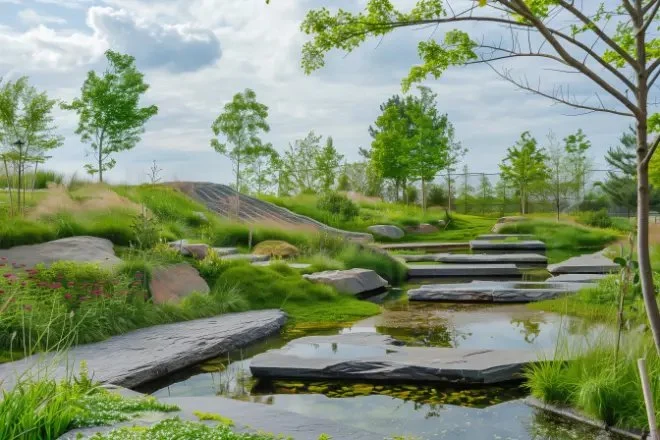
How to Design for Natural Drainage Without Artificial Systems
- 1. Understanding Natural Drainage
- 2. The Benefits of Natural Drainage
- 3. Designing with Natural Drainage Principles
- 4. Case Studies and Real-Life Examples
- 5. Practical Tips for Implementing Natural Drainage
1. Understanding Natural Drainage
Natural drainage is a concept focused on allowing water to flow through and be absorbed by the landscape in a way that mimics the natural hydrological cycle. Unlike artificial drainage systems that rely on pipes and pumps, natural drainage systems are designed to utilize the landscape’s natural contours, vegetation, and soil properties to manage water.
Understanding how water moves through the environment is crucial when planning for natural drainage. Water flows downhill, following paths dictated by the landscape's features. By utilizing techniques like swales, berms, and permeable surfaces, homeowners and landscape designers can reduce the need for engineered drainage systems while maintaining the natural beauty of a space.
2. The Benefits of Natural Drainage
There are several significant advantages to opting for natural drainage methods instead of relying on artificial systems. These benefits not only help preserve the environment but also improve the functionality of your landscape.
Environmental Impact
One of the main benefits of natural drainage is its minimal environmental impact. By designing landscapes that naturally absorb and filter water, you reduce runoff, prevent soil erosion, and protect water quality. This helps to maintain healthy ecosystems by ensuring that rainwater is filtered before it reaches storm drains, rivers, and oceans.
Cost-Effectiveness
While the initial setup for natural drainage techniques may require some investment in planning and materials, the long-term cost savings are significant. Without the need for complex plumbing, pumps, or drainage systems, natural drainage can be a more affordable solution, especially in areas where harsh weather conditions can cause frequent flooding or erosion.
Aesthetic Value
Natural drainage systems also add aesthetic value to your landscape. By incorporating features like rain gardens, native plants, and swales, you can create a beautiful and functional outdoor space. These systems not only manage water effectively but also enhance the visual appeal of your property, making it more inviting and sustainable.
3. Designing with Natural Drainage Principles
Designing a landscape that promotes natural drainage requires a deep understanding of the land's topography, vegetation, and water flow. Here are some fundamental principles to consider when designing for natural drainage:
Site Analysis and Planning
The first step in designing for natural drainage is conducting a thorough site analysis. Evaluate the slope of your land, the existing vegetation, and how water currently flows through the space. By understanding where water naturally drains, you can plan for the best way to manage it.
Swales and Berms
Swales and berms are excellent features to incorporate into your landscape design to manage water flow. A swale is a shallow, vegetated channel designed to slow and absorb runoff, while a berm is a raised mound of soil that can redirect water away from sensitive areas. These two elements, when combined, can effectively manage stormwater while adding texture and depth to the landscape.
Permeable Surfaces
Permeable surfaces, such as gravel, permeable pavers, or grass, allow water to pass through and be absorbed by the soil, reducing runoff. These surfaces can be used for driveways, walkways, patios, and other hardscapes to maintain natural drainage while still offering functional spaces.
4. Case Studies and Real-Life Examples
To understand how natural drainage systems work in practice, let’s look at a few real-life examples where these principles have been successfully implemented.
Rain Gardens in Residential Landscapes
A homeowner in Maryland designed a rain garden in their backyard to manage runoff from their roof and driveway. By incorporating native plants and a carefully designed swale, they reduced water pooling and improved the health of their garden. Not only did this provide an effective solution for water drainage, but it also created a beautiful garden that supports local wildlife.
Swale Design for Commercial Properties
A commercial property in California used a swale to manage water runoff from a large parking lot. The swale was strategically placed to direct water away from the building, while also providing a space for native plants and wildlife. This solution reduced the need for expensive drainage systems and helped improve the aesthetic value of the property.
5. Practical Tips for Implementing Natural Drainage
Here are some practical tips to help you implement natural drainage systems in your landscape:
Consult with Professionals
If you are unsure about the best approach for your site, consider consulting with a landscape architect or drainage professional. They can help you design a system that works for your specific property and local climate.
Focus on Native Plants
Native plants are well-suited for natural drainage systems because they are adapted to the local climate and soil conditions. By using native species in your swales, rain gardens, and berms, you’ll create a more sustainable and low-maintenance landscape.
Maintain Your System
Natural drainage systems require maintenance to ensure they continue functioning effectively. Regularly check for blockages in swales, keep plants healthy, and ensure that water flows properly through the landscape. By performing periodic maintenance, you can extend the life of your drainage system and prevent issues from arising.
Designing for natural drainage without relying on artificial systems not only benefits the environment but can also enhance the beauty and functionality of your property. By using swales, berms, permeable surfaces, and native plants, you can create a sustainable landscape that efficiently manages water and reduces your reliance on engineered solutions.
For more tips on landscaping and sustainable design, visit Beautiful Landscapes, where we provide expert guidance and product recommendations to help you create the perfect outdoor space.


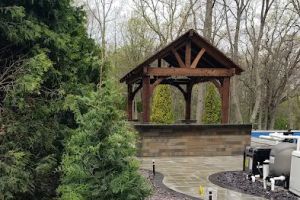


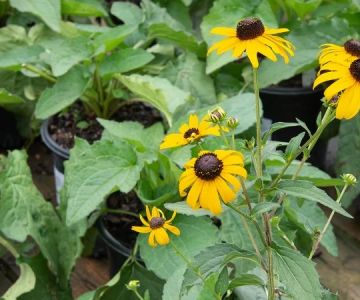
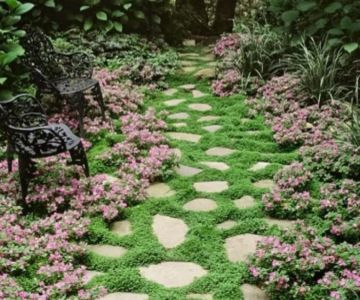
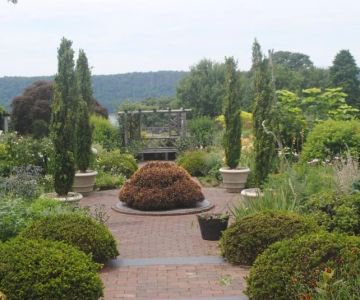

 Earth Exchange, Inc.5.0 (2 reviews)
Earth Exchange, Inc.5.0 (2 reviews) Moyer's Inc.5.0 (15 reviews)
Moyer's Inc.5.0 (15 reviews) Cutting Edge Lawn Care4.0 (10 reviews)
Cutting Edge Lawn Care4.0 (10 reviews)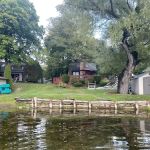 Koch Kuts4.0 (87 reviews)
Koch Kuts4.0 (87 reviews) Prairie Pro Services4.0 (17 reviews)
Prairie Pro Services4.0 (17 reviews)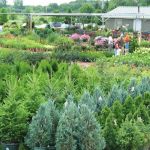 Heyden's Gardens4.0 (70 reviews)
Heyden's Gardens4.0 (70 reviews) How to Landscape With Succulents & Xerophytes: A Guide to Beautiful, Low-Maintenance Gardens
How to Landscape With Succulents & Xerophytes: A Guide to Beautiful, Low-Maintenance Gardens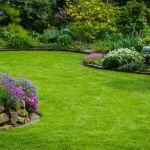 How to Use Layers of Planting to Create Depth and Balance in Your Garden
How to Use Layers of Planting to Create Depth and Balance in Your Garden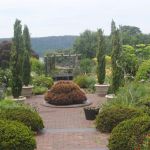 How to Use Structural Plants for Yearly Framework
How to Use Structural Plants for Yearly Framework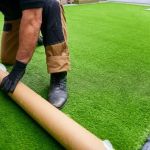 Lazy Lawn Care: How to Maintain Grass with Minimal Effort
Lazy Lawn Care: How to Maintain Grass with Minimal Effort How to Attract Birds & Butterflies to Your Landscape
How to Attract Birds & Butterflies to Your Landscape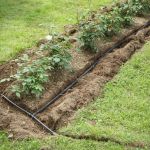 How to Plan a Landscape for Easy Irrigation and Drainage
How to Plan a Landscape for Easy Irrigation and Drainage